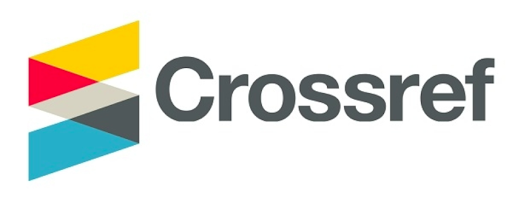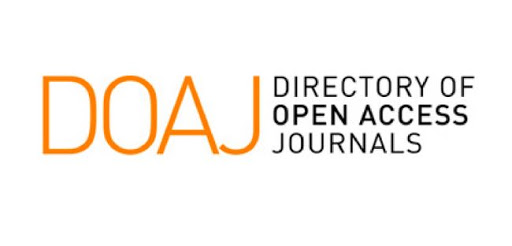Paper ID : SMJ1812245812678 | View : 26

Abstract : Background: Several treatment options have been proposed for the management of impacted molars, such as surgical extraction, transplantation, surgical uprighting, or orthodontic uprighting Aim: This study aimed to compare the ramus bone thickness and depth between two different vertical facial types to detect the safety length of mandibular ramus miniscrews. Methods: In this study ramus thickness and depth was measured by using Unidentified Cone-beam Computed Tomography scans of 40 subjects they were classified according to vertical facial type into 2 equal groups (norm divergent and hypo divergent). Ramus thickness was measured as the distance from the outer (buccal) to the inner (lingual) aspects of the mandibular ramus. Ramus depth was measured as the distance from the anterior border of the ramus to the inferior alveolar nerve canal. The measurements for ramus thickness and ramus depth were performed at 3 different levels: Occlusal plane (OP), five mm above the (5 OP) and ten mm above the occlusal plane (10 OP). Results: Regarding thickness: non-significant difference was found between both groups at the same level while significant difference between two different levels at the same group was recorded. Regarding depth: non significant difference was found between all groups at five mm above the occlusal plane and ten mm above the occlusal plane while significant difference was found between normodivergent group and hypodivergent group. Conclusion: The optimal insertion s










